
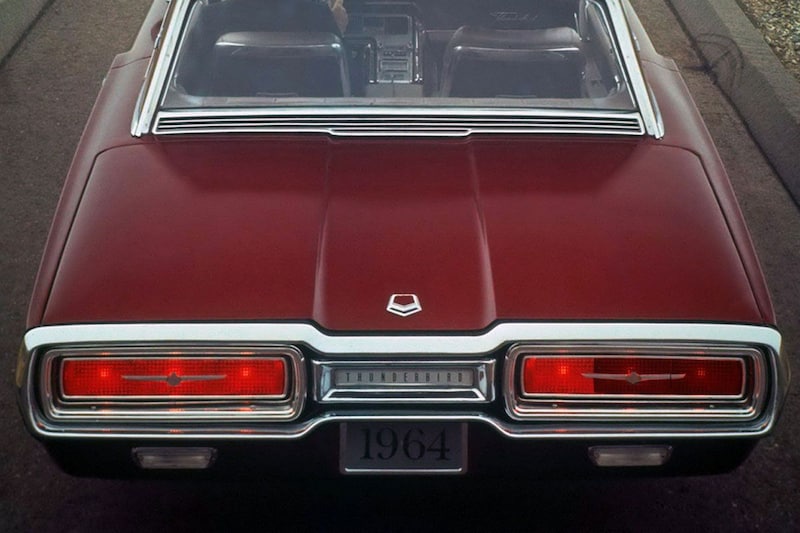
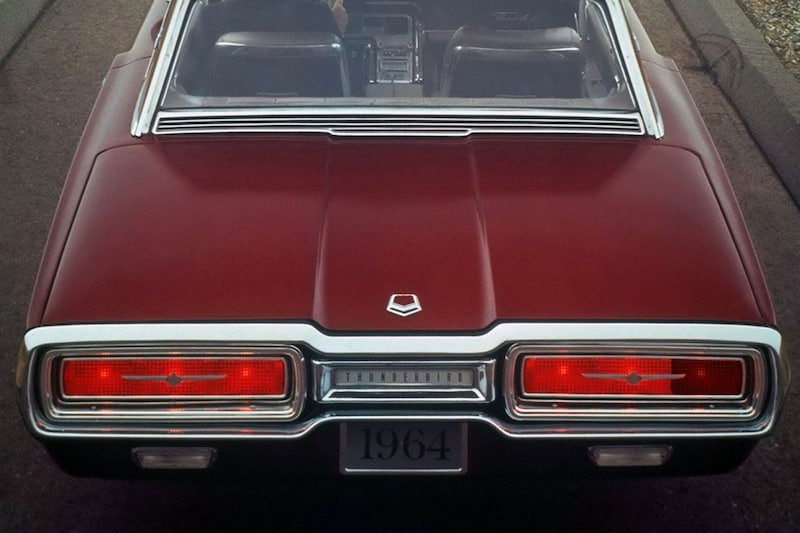
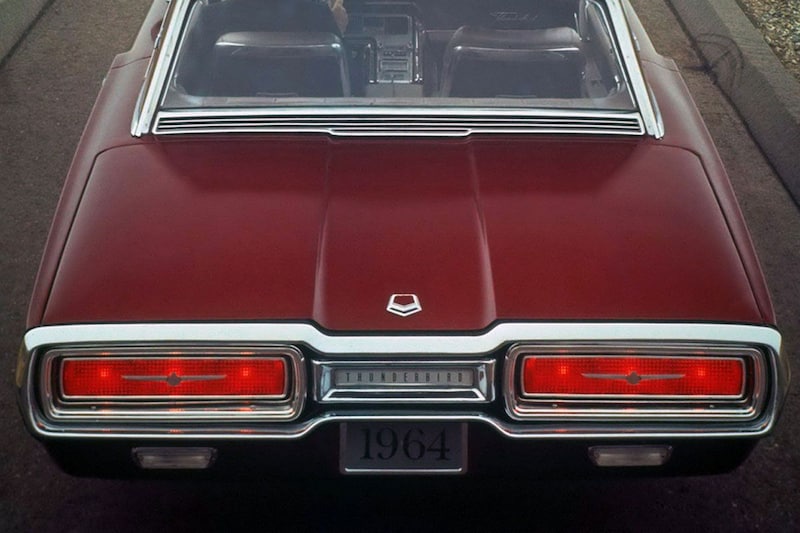

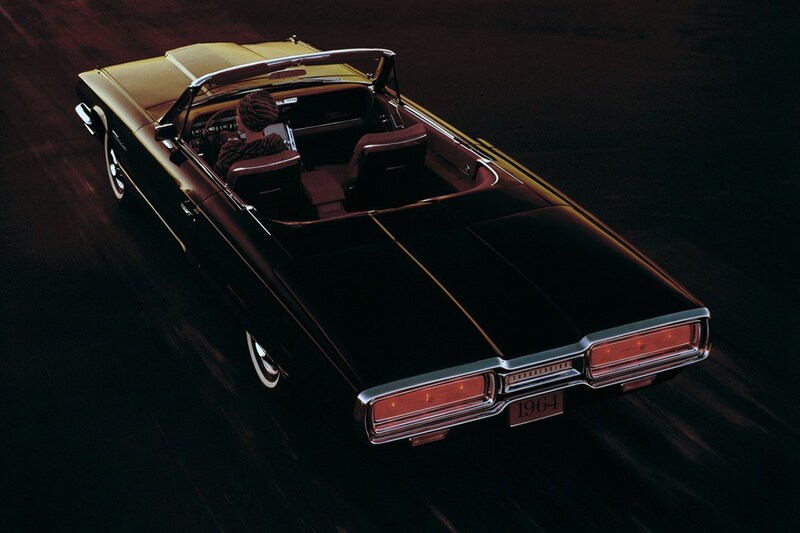
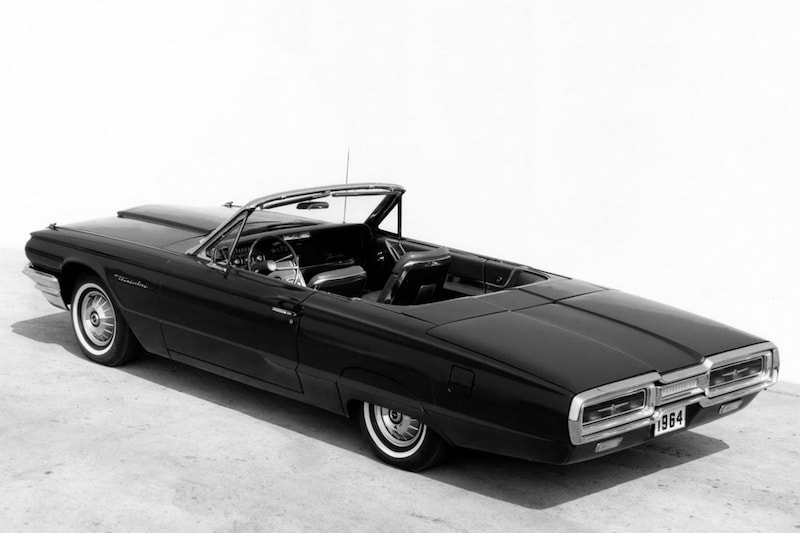
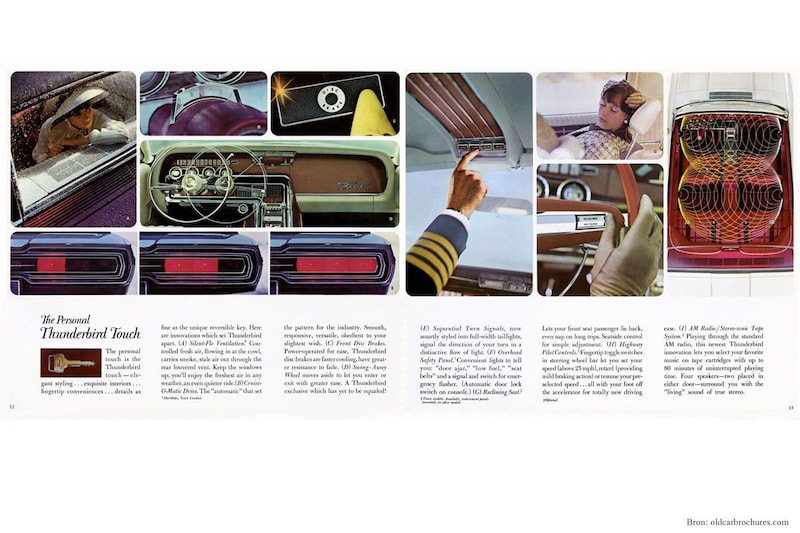
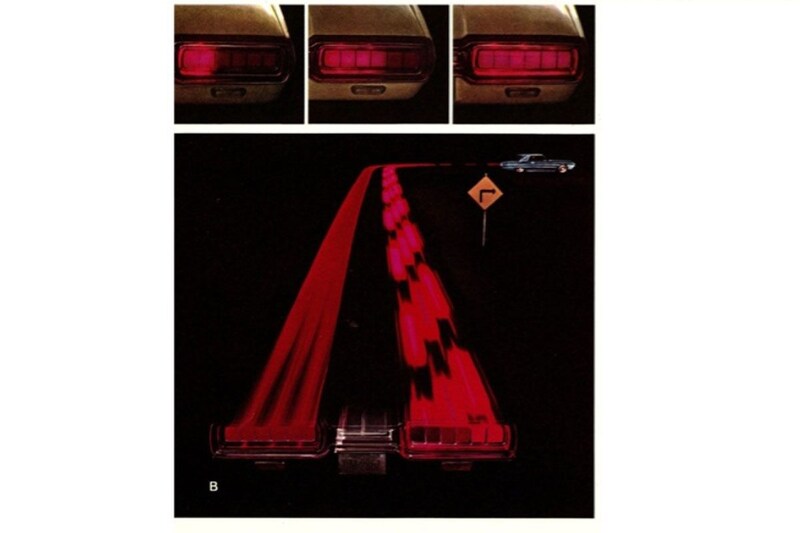
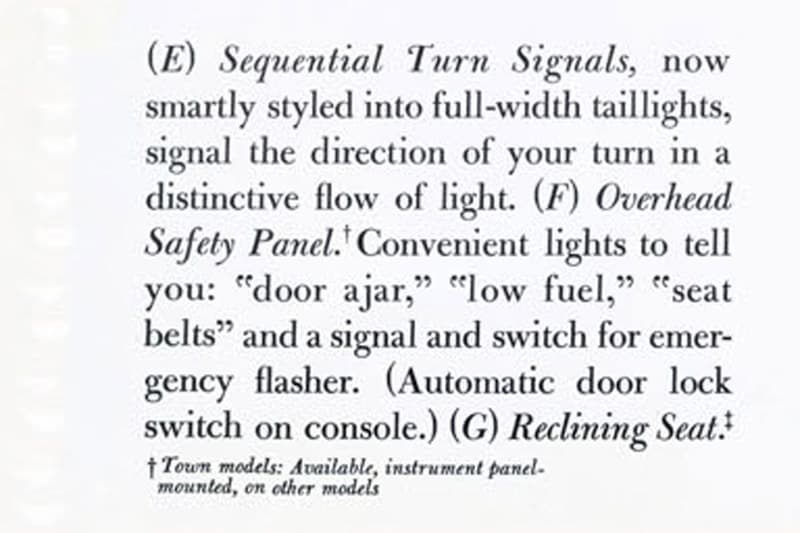

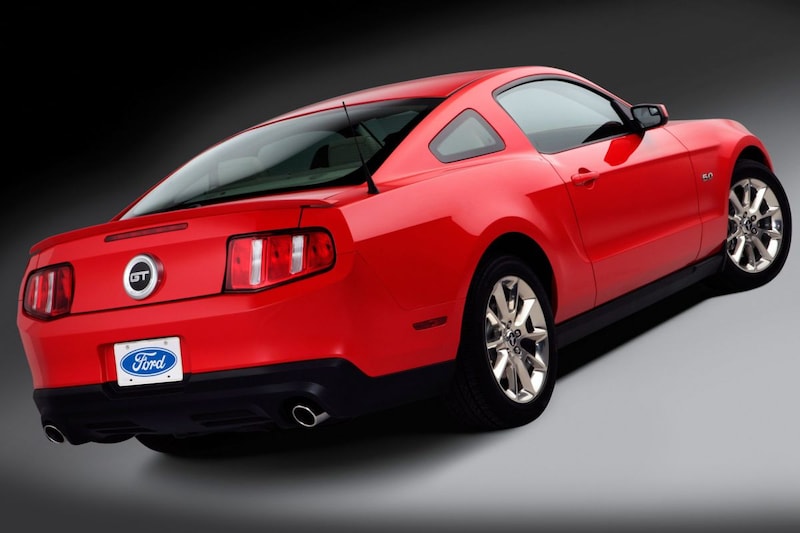
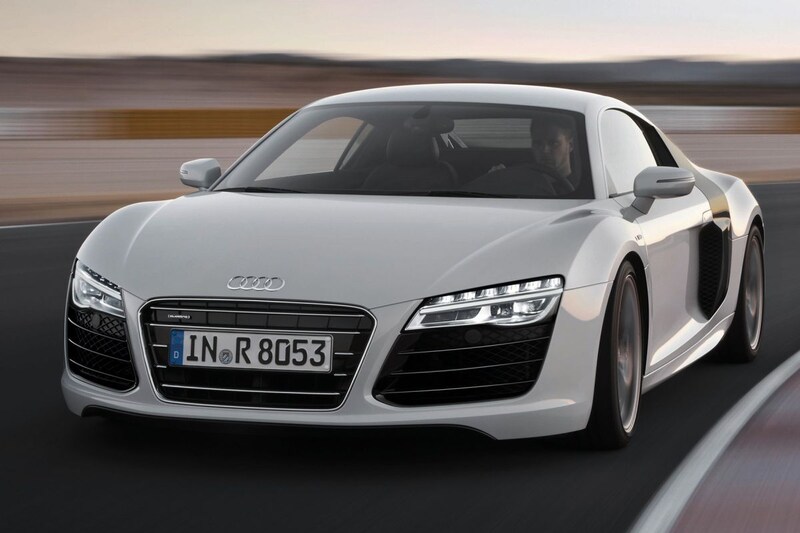

It has become indispensable in today’s sea of trendy LED lighting: the dynamic turn signal. The voluptuous ‘flashing light’ is older than you might think.
Although the term is not very well known, everyone immediately knows what it is about when you talk about ‘those Audi turn signals’. Audi introduced a new form of LED turn indicators on the facelifted R8 in 2012, which previously introduced LED daytime running lights in Europe. Instead of the simple on-off, the ‘Audi turn signal’ consists of an LED strip that gradually turns on in the direction indicated. It therefore starts on the inside of the vehicle, after which the light makes its way to the outside in one smooth line and is then switched off in one fell swoop.
Many brands have now embraced these trendy turn signals. Within the Volkswagen Group, even a Skoda Scala can be equipped with it, but brands such as Peugeot (3008) and Toyota (CHR) are also happily participating.
This modern form of sequential turn signals does indeed come from Audi, but the brand is not the originator of the idea of switching on a turn signal in a step-by-step fashion. That honor goes to Ford, as was also mentioned by the undersigned in the recent double test video.

Ford Thunderbird (this one is from ’64 because we couldn’t find a good picture of a 65’s, but the idea is clear)
1965
Ford already came up with the sequential turn signal on the then new Thunderbird in 1964. Enforcing the necessary regulations delayed the market introduction by a year, but for model year 1965 there were actually Thunderbirds with sequential turn signals on the rear.
Naturally, the Ford invention did not work with LED technology and a computer, but with simple light bulbs. In keeping with the American fashion of the time, the Thunderbird of the sixties had wide, all-red rear light units with three lights per side. All three of these were used, also according to American custom, for the rear light, the brake light and the direction indicator.
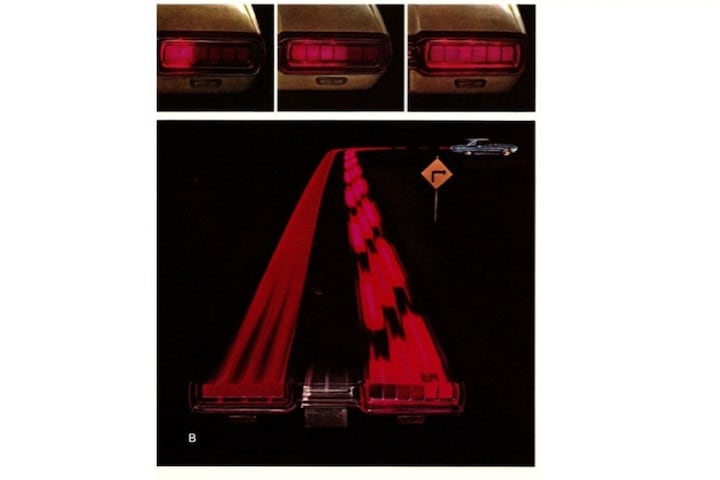
An image from the original Thunderbird brochure.
Ford simply chose not to switch on these lights simultaneously, but one by one when indicating direction. The inner lamp was supplemented with numbers two and three, as the above GIF should make clear.
The idea was quickly followed, both within Ford and with the American competition (see video below). Ultimately, it is not the Thunderbird, but the Ford Mustang most associated with these turn signals. The phenomenon was reintroduced on that model in 2010 and has been inseparable from the Mustang ever since.
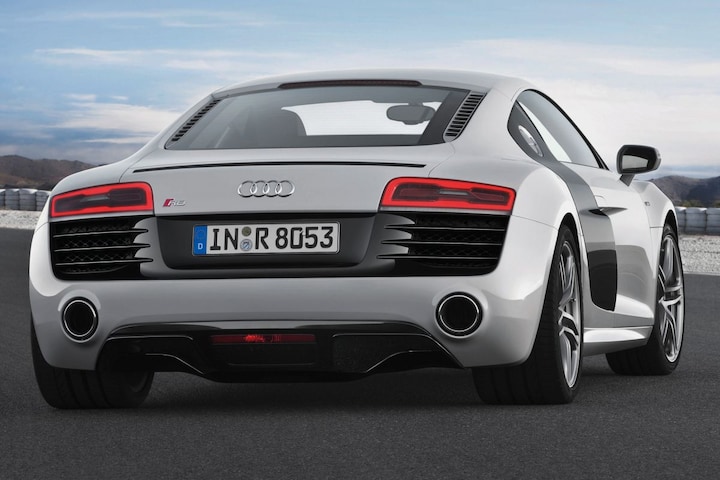
Europe
While American roads lit up beautifully for decades in the lavish light of fiery red turn signals, we in Europe were not aware of this phenomenon for a long time. On the one hand, this is due to the completely different and much smaller cars that we drive and drive here, but also has to do with the European choice to place indicators in a separate part of the housing and to provide them with an orange color.
Interestingly enough, the Americans are fishing behind the net with the modern version of the dynamic turn signal. US law dictates that a turn signal must cover a minimum area of 2,200 square millimeters when it is switched on.
That is a problem for the Audi discovery, because when it is switched on, only the first LED lights up. To overcome this problem, many brands simply choose to turn off the dynamic feature. At Audi they came up with something else. The dynamic section simply lights up (in red), but is supplemented by a simultaneously flashing brake light.
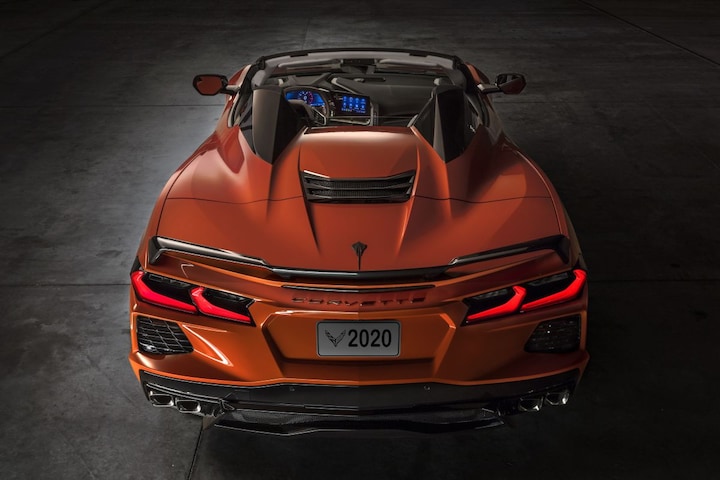
Even more ingenious is the way Ford and Chevrolet deal with this rule. On the Chevrolet Corvette C8 and Ford Mustang Mach-E, the process is simply reversed, with the turn signal turning on completely, then gradually turning off from the inside out. That produces almost the same effect, although in our opinion Ford could have remained faithful to the original Thunderbird recipe. One two three, one two three, one two three …